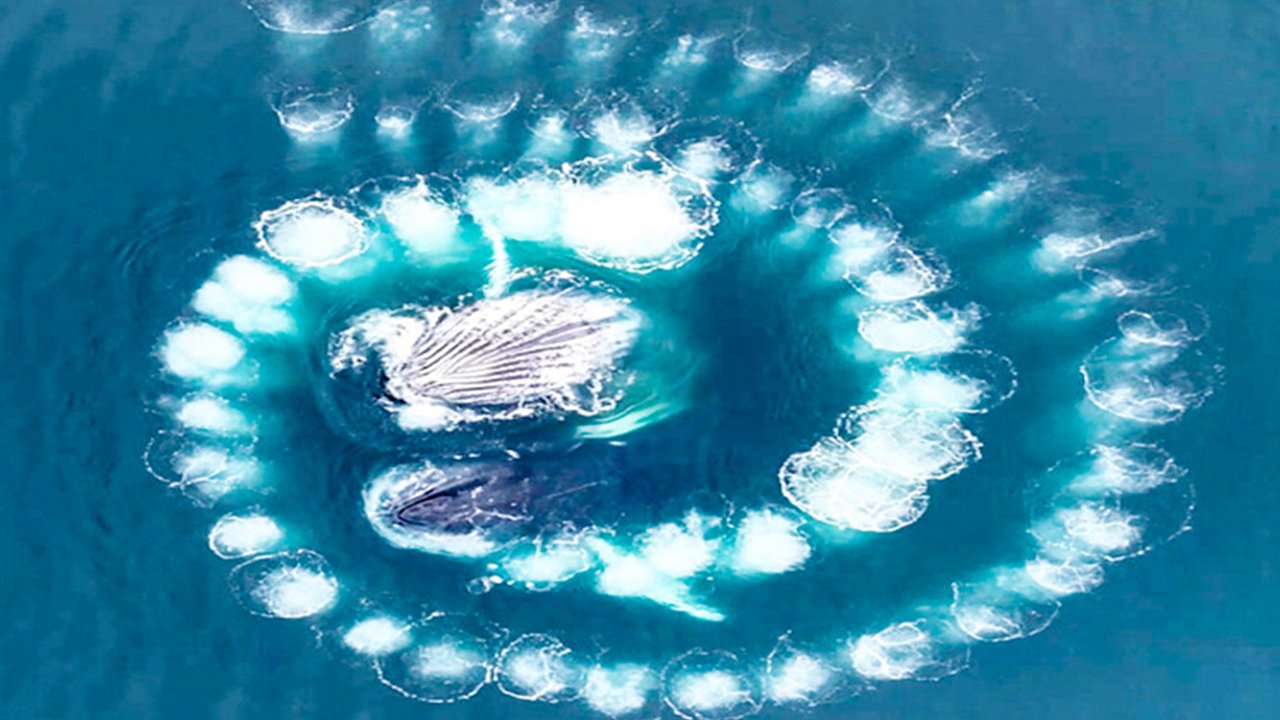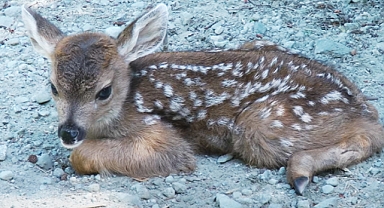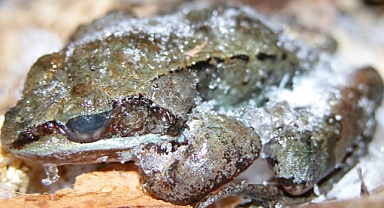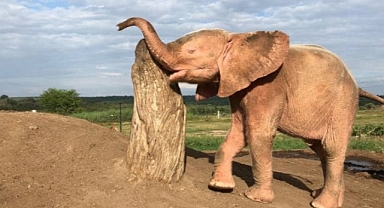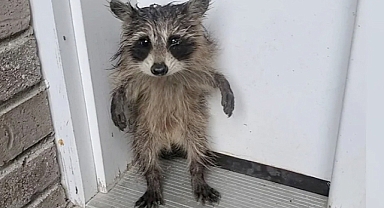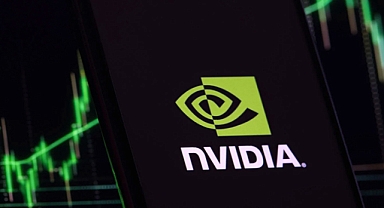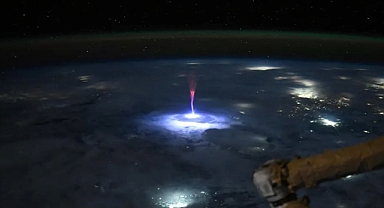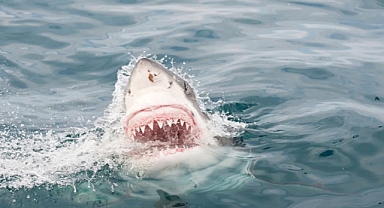As van den Bemd watched, the mysterious pattern soon revealed its purpose. From the spiral’s center, two enormous whales emerged with mouths wide open, feeding in perfect unison. Van den Bemd described the moment to Storyful as unforgettable: “The Fibonacci-like spiral executed so perfectly made it incredible.”Bubble-Net Feeding: Nature's Collaborative Masterpiece
For over three decades, researchers have known that humpback whales use bubbles as tools. These bubbles serve several purposes—sometimes to confuse prey or fend off competitors. However, the whales’ most remarkable bubble strategy is known as bubble-net feeding, a cooperative hunting technique in which they trap schools of fish or krill inside bubble ‘walls.’ This complex strategy requires precise coordination among the whales.Typically, one whale acts as the leader, blowing bubbles while the others swim in circles, herding prey toward the spiral’s center. When the prey is concentrated tightly enough, the whales rise from below with mouths agape, swallowing as much food as possible.In his Instagram post, van den Bemd marveled at the beauty of the synchronized behavior, calling it “nature’s perfect collaboration beneath the waves.” While some Fibonacci-like shapes in nature are believed to reflect efficiency or mathematical precision, scientists suggest that the spiral observed here is more likely a result of the whales' coordinated swimming and careful timing.A Rare Glimpse into Whale Behavior
Documenting bubble-net feeding has always been a challenge due to the elusive lives of whales. Until recently, this behavior was mostly observed among humpbacks in the Northern Hemisphere. However, drones operated by citizen scientists are now providing new insights, offering researchers unprecedented views of whale behavior.In recent years, similar drone footage has documented bubble-net feeding in the Southern Hemisphere. One of the most notable examples occurred off the coast of eastern Australia, where 33 humpback whales were filmed cooperating in a massive feeding effort. This surprised scientists, as it was believed whales didn’t feed in breeding grounds. These discoveries raise questions about whale migration and feeding habits, challenging long-held assumptions.Play or Practice?
Some researchers wonder if whales create bubble patterns not just to hunt but also for practice or play. Doug Perrine, a photojournalist, once observed a young female humpback drawing a circular pattern of bubbles around herself, despite no prey or other whales being present.“She rolled to one side to admire the bubbles from below,” Perrine wrote for Hakai Magazine. “Was she practicing bubble-net feeding, or just enjoying the visual beauty of her spiraling bubbles?”The playful nature of these creatures suggests there is much we still don’t know about them. As new drone footage emerges, scientists hope to unlock more of these mysteries and gain a deeper understanding of whale behavior.
For over three decades, researchers have known that humpback whales use bubbles as tools. These bubbles serve several purposes—sometimes to confuse prey or fend off competitors. However, the whales’ most remarkable bubble strategy is known as bubble-net feeding, a cooperative hunting technique in which they trap schools of fish or krill inside bubble ‘walls.’ This complex strategy requires precise coordination among the whales.Typically, one whale acts as the leader, blowing bubbles while the others swim in circles, herding prey toward the spiral’s center. When the prey is concentrated tightly enough, the whales rise from below with mouths agape, swallowing as much food as possible.In his Instagram post, van den Bemd marveled at the beauty of the synchronized behavior, calling it “nature’s perfect collaboration beneath the waves.” While some Fibonacci-like shapes in nature are believed to reflect efficiency or mathematical precision, scientists suggest that the spiral observed here is more likely a result of the whales' coordinated swimming and careful timing.A Rare Glimpse into Whale Behavior
Documenting bubble-net feeding has always been a challenge due to the elusive lives of whales. Until recently, this behavior was mostly observed among humpbacks in the Northern Hemisphere. However, drones operated by citizen scientists are now providing new insights, offering researchers unprecedented views of whale behavior.In recent years, similar drone footage has documented bubble-net feeding in the Southern Hemisphere. One of the most notable examples occurred off the coast of eastern Australia, where 33 humpback whales were filmed cooperating in a massive feeding effort. This surprised scientists, as it was believed whales didn’t feed in breeding grounds. These discoveries raise questions about whale migration and feeding habits, challenging long-held assumptions.Play or Practice?
Some researchers wonder if whales create bubble patterns not just to hunt but also for practice or play. Doug Perrine, a photojournalist, once observed a young female humpback drawing a circular pattern of bubbles around herself, despite no prey or other whales being present.“She rolled to one side to admire the bubbles from below,” Perrine wrote for Hakai Magazine. “Was she practicing bubble-net feeding, or just enjoying the visual beauty of her spiraling bubbles?”The playful nature of these creatures suggests there is much we still don’t know about them. As new drone footage emerges, scientists hope to unlock more of these mysteries and gain a deeper understanding of whale behavior.
